| June 9, 2025
Painted on the ceiling above the vestibule of UCLA’s William Andrews Clark Memorial Library is a striking mural of 14 nude male bodies.
Painted by Allyn Cox, the work shows the figures in a range of neoclassical poses, but their faces all resemble one man: Harrison Post, the longtime romantic partner of the museum’s founder and namesake. A new exhibition at the library will place that mural, along with approximately 40 other pieces from the Clark collection, in context to explore representations of queer love, kinship and collaboration across the past four centuries.
Curated by Mal Meisels, a UCLA doctoral candidate in art history, “Queer Kin: Histories of Subversive Love” opens June 13. Through artworks and written material, the exhibition urges viewers to reconsider traditional definitions of family and romance.
Cox’s preliminary sketches for the ceiling mural will be on display, too — at eye level. “We’re attending not just to the rare book collection but to the queer history of the building itself,” Meisels said. “Visitors will be encouraged to look up and engage with what’s literally above them.”
Another remarkable element is a pair of inscribed copies of Oscar Wilde’s “The Picture of Dorian Gray,” including one with a handwritten note from the author himself to his lover, Lord Alfred Douglas. The other contains a message from Clark to Post: “To Harrison, Dorian Gray was an enigma, and I sometimes wonder if I am likewise to others. Affectionately, W.A. Clark Jr.”
The presence of the two books not only offers a personal glimpse into the lives of the couples, but also creates a unique bridge between them — “a queer kinship of its own,” Meisels said. Thanks to the collection that Clark left to the library, the facility is home to the world’s most comprehensive collection of Wilde material.
The exhibit is structured around four themes, each with its own narrative. In addition to the Clark–Post and Wilde-focused sections, one explores the life and partnership of British artists Charles Shannon and Charles Ricketts, creative collaborators in Wilde’s circle. Another spotlights radical expressions of love and gender nonconformity among women and transgender individuals from the 17th century to today, including a contemporary piece by the designer Erin Moore: a font collection inspired by 1970s lesbian hand-lettering.
Ultimately, Meisels said, “Queer Kin” invites visitors to think expansively about identity and love.
“Queerness is a really capacious category and queer relationships never mean just one thing—I think that’s what makes them beautiful,” they said. “Especially at a time when LGBTQ+ rights are under attack, I really wanted to highlight moments of queer joy throughout the ages.”
Meisels, whose scholarly focus is 19th-century European art, is completing a one-year instruction and engagement fellowship at the Clark Library.
The exhibition opens with a free reception and curator-led walkthrough on June 13 at 5:30 p.m. (register here to attend), and it will be on display through Sept. 12. Appointments are required; email clarktours@humnet.ucla.edu to arrange a visit.
